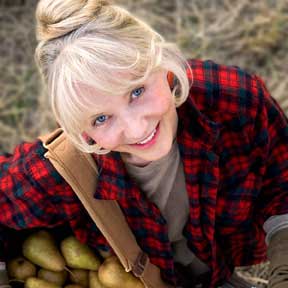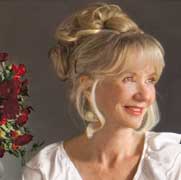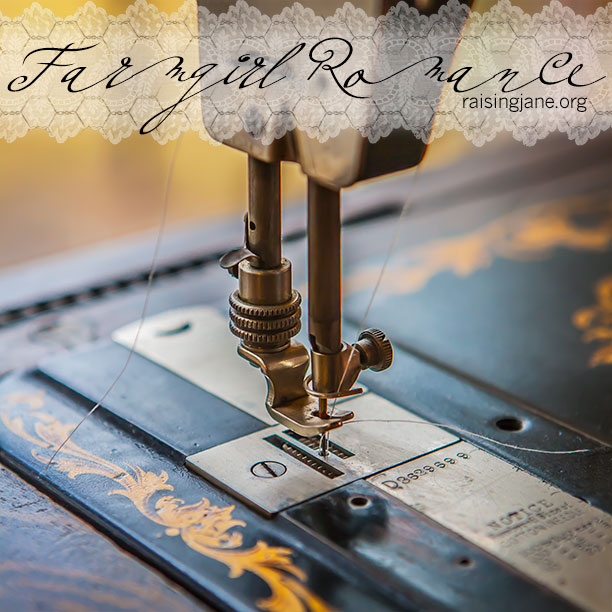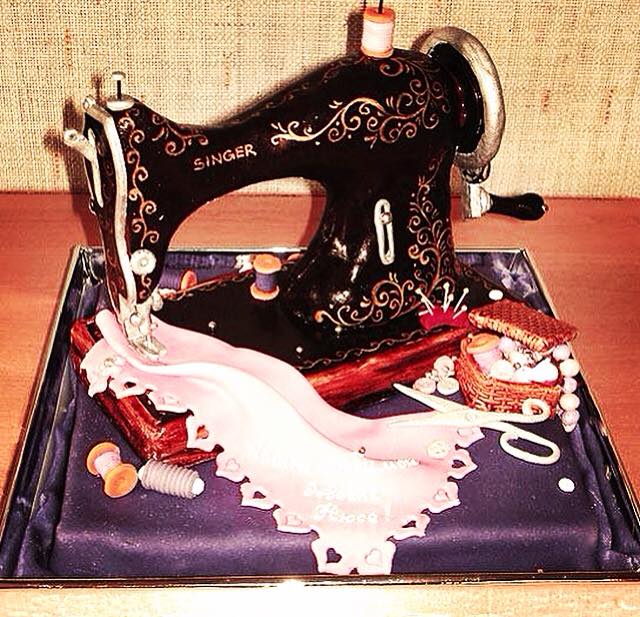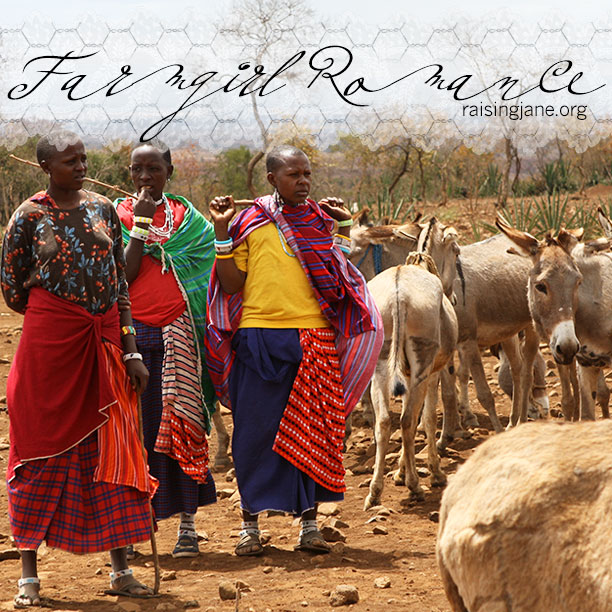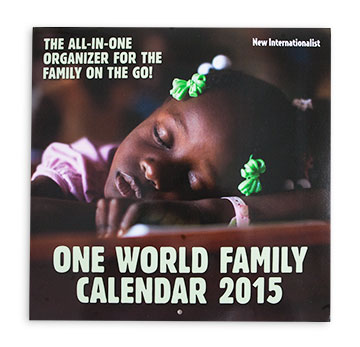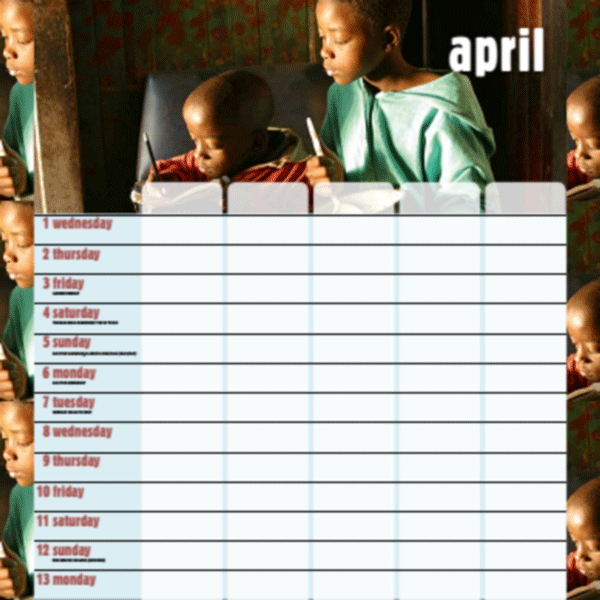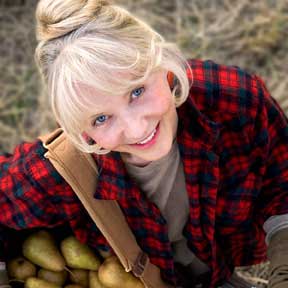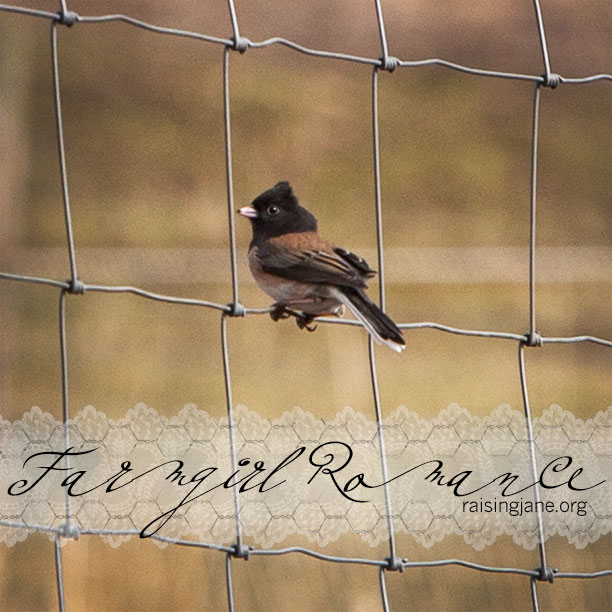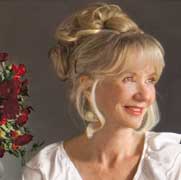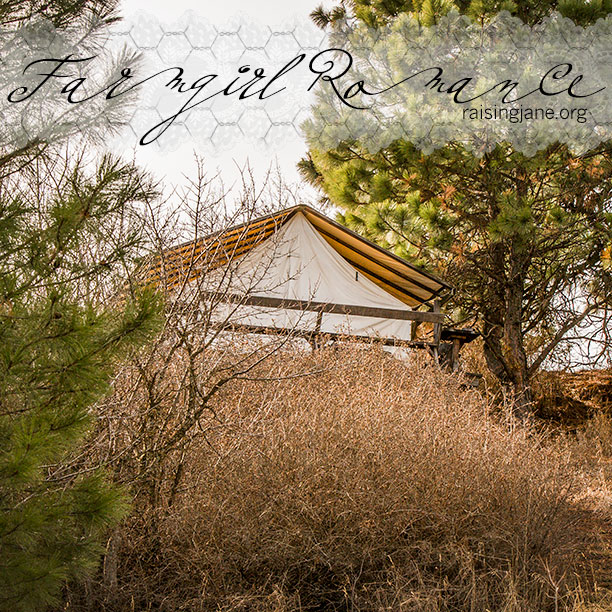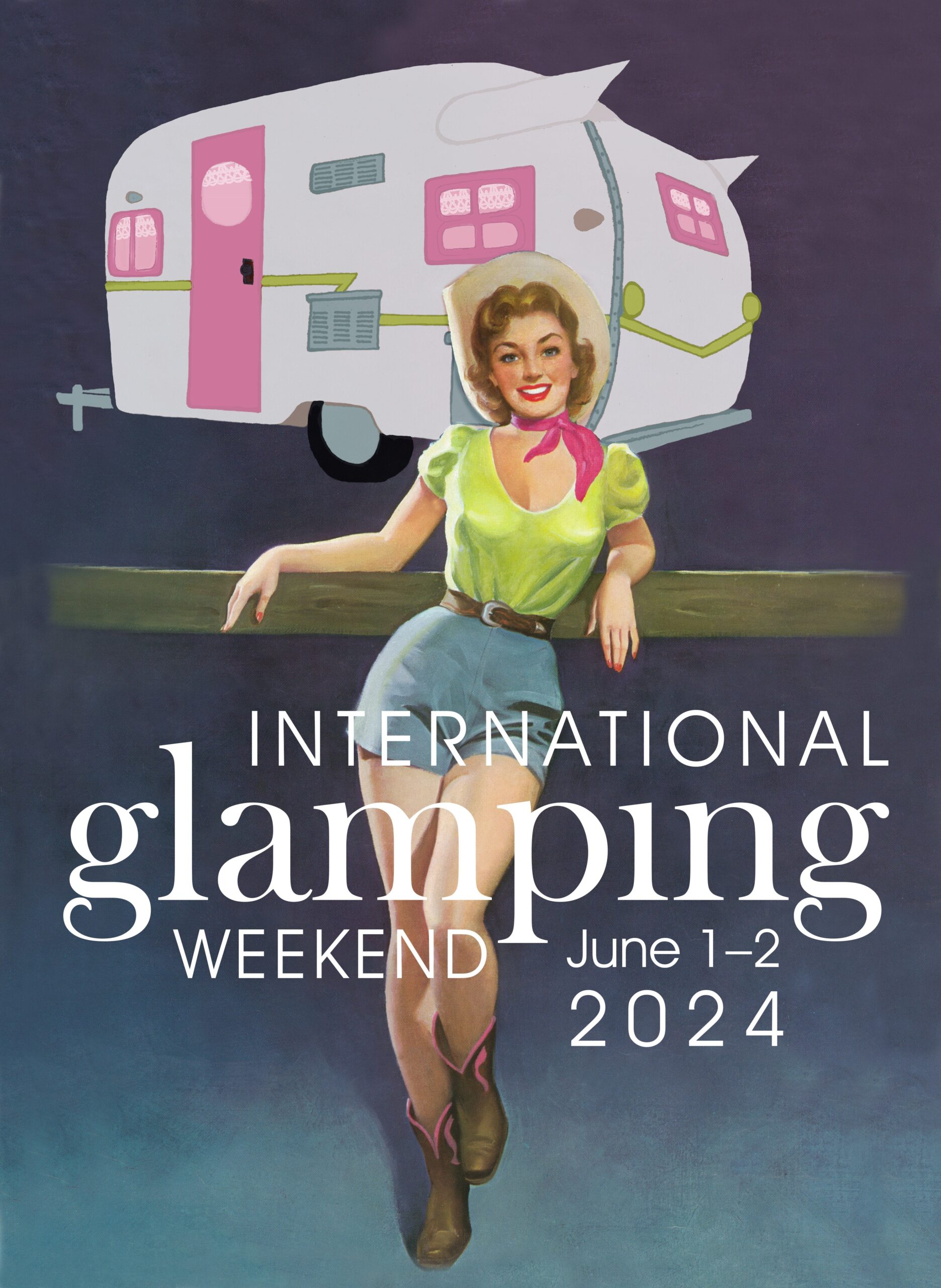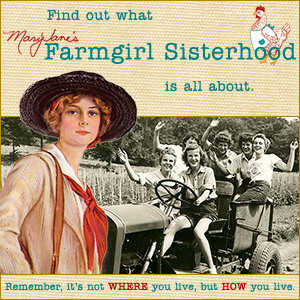Welcome New Sisters! (click for current roster)
Merit Badge Awardees (click for latest awards)
My featured Merit Badge Awardee of the Week is … Shannon Hudson!!!
Shannon Hudson (#5349) has received a certificate of achievement in Each Other for earning a Beginner Level Farmgirl Jubilee Merit Badge!
“Definition of jubilee: the celebration of any certain anniversaries, such as the 25th, 50th, 75th, etc., or the completion of 50 years of existence (Dictionary.com).
– Special jubilee I attended: My 4 siblings and I threw a jubilee for my parent’s 25th wedding anniversary. We invited folks they had not seen in YEARS, along with relatives that we do not see very often (my mom’s side of the family is Old Order Amish and some of them even came!). Somehow, we kept it a secret, though we were all quite young … my older sister was 24, I was 19, my younger sister 17, and my brothers were 15 and 11! It was a great celebration complete with lots of food and even more love and laughter.
– British Diamond Jubilee for Queen Elizabeth (Wiki Link)
Imagine ascending into power 60 years ago. Would you want to celebrate? Would you feel blessed to have been in such a position for such a period of time? Surely Queen Elizabeth II had much to celebrate in 2014, as only the second British monarch to celebrate a Diamond Jubilee. (The first was Queen Victoria in 1897).
Queen Elizabeth II had two guidelines for her jubilee. The first was that the public was not to pay a large amount for the celebration. In fact, she wanted public funds to be as minimal as possible. The second requirement was that the people were not to be forced to celebrate her. If they wanted to, they were certainly welcomed to, but the public was not to be forced.
The celebration was embraced by many, and was celebrated in numerous ways. Considering the vast amount of countries visited by the Queen, along with her love for horses, a show was produced. The show included over 500 horses and over 1,000 performers from various countries. There were also lunches throughout the area, not all of which the Queen attended, but they were in her honor, nonetheless. There were also a “Google Doodle,” a maritime parade, and numerous other celebrations. One of the neatest things was the lighting of beacons throughout the world!
I can only imagine how humbling the experience must have been for Queen Elizabeth II. The love of the people for her really showed through. I wonder if she had ever imagined how the people would react and celebrate her reign!?!?
– Ideas shared with other farmgirls online: make an apron, have an outside celebration with MaryJane’s recipes, work in the garden and beautify outside, and invite others to join our celebration.
I understand what our Jubilee is about now, and am able to embrace the idea. I am looking forward to seeing how the Jubilee takes shape, not just here at my own home, but across our nation!”

















































